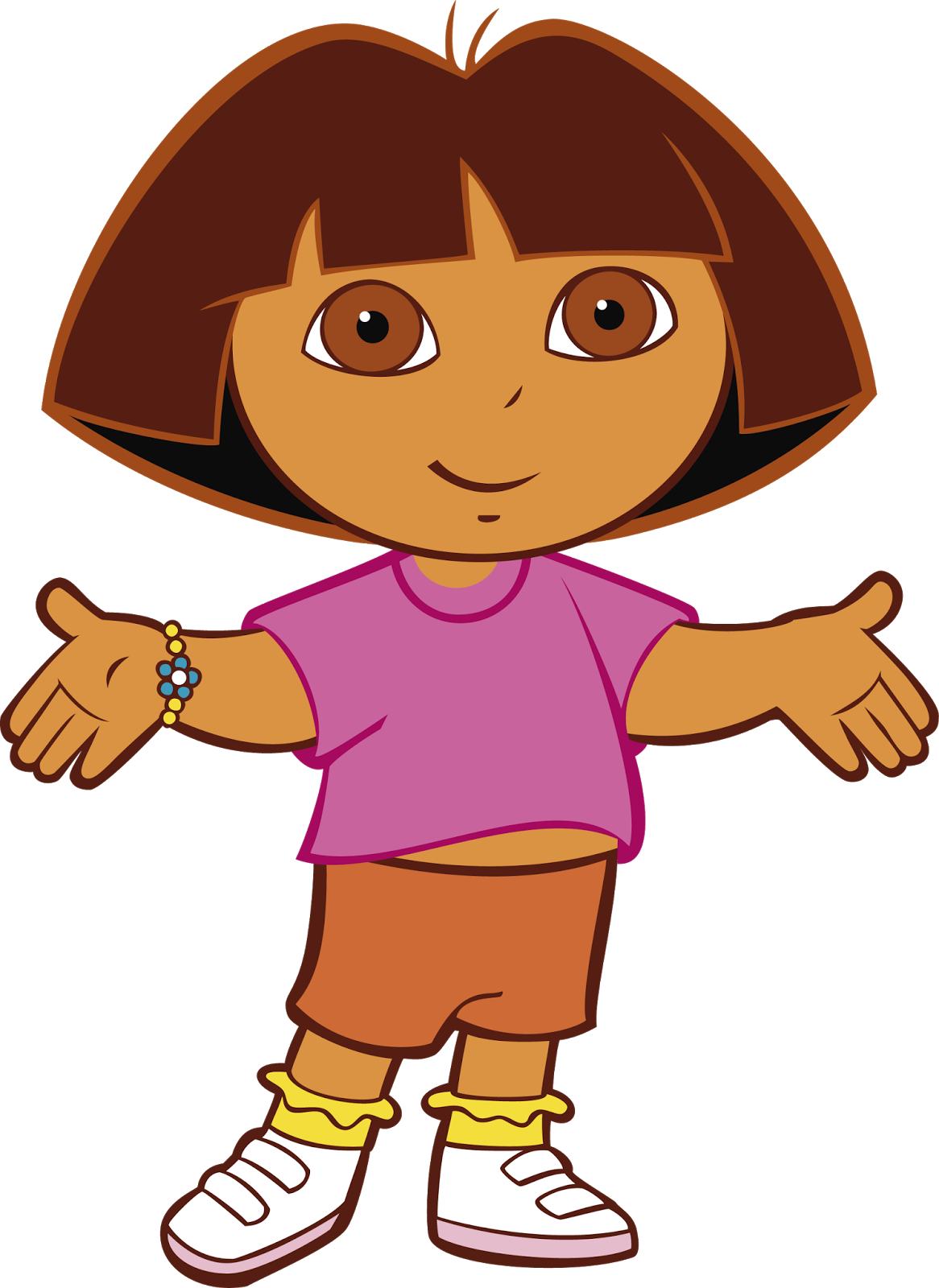Dora The Explorer: A Journey Through Adventure And Learning
Dora the Explorer is not just a kids’ show; it’s a phenomenon that has shaped the way young children engage with educational content. Created by Chris Gifford, Valerie Walsh Valdes, and Eric Weiner, this animated television series first premiered on Nickelodeon in 2000. Dora, a young Latina girl, embarks on various adventures with her talking monkey friend Boots, teaching children problem-solving skills, basic Spanish vocabulary, and the importance of friendship. This article delves deep into the world of Dora, exploring her impact on education, cultural representation, and the growth of her fanbase over the years.
The series has been praised for its interactive format, encouraging kids to participate in the adventure. Each episode presents a problem that Dora and her friends must solve, often requiring the audience to answer questions or make decisions. This unique approach not only entertains young viewers but also nurtures their cognitive abilities and critical thinking skills. As we explore the different facets of Dora the Explorer, we will discover how this beloved character has become a staple in children’s programming and a source of inspiration for parents and educators alike.
In this article, we will cover Dora’s evolution, her cultural significance, the educational impact of the show, and much more. Whether you are a fan of the show or just curious about its influence, this comprehensive guide will provide valuable insights into the world of Dora the Explorer.
Table of Contents
- Biography of Dora the Explorer
- Cultural Significance of Dora
- Educational Impact of Dora the Explorer
- Character Relationships in the Show
- Merchandising and Commercial Success
- Evolution of the Series
- Legacy of Dora the Explorer
- Conclusion
Biography of Dora the Explorer
Dora the Explorer is a fictional character who serves as the protagonist in the animated television series. She is portrayed as a brave and adventurous 7-year-old girl who embarks on various quests, often with her sidekick Boots. Throughout her adventures, Dora interacts with various characters, solves puzzles, and teaches viewers valuable lessons.
Personal Data and Biodata
| Name | Dora Márquez |
|---|---|
| Age | 7 years old |
| Nationality | Latina |
| Best Friend | Boots |
| Favorite Color | Purple |
Cultural Significance of Dora
Dora the Explorer holds a special place in the hearts of many, especially for its representation of a Latina character in a leading role. At a time when children's programming often lacked diversity, Dora broke barriers and became a role model for young girls, particularly those from Hispanic backgrounds. By showcasing bilingual education, the show introduced millions of children to the basics of the Spanish language, fostering an appreciation for cultural diversity.
- Dora promotes bilingualism and multiculturalism.
- She encourages curiosity and exploration.
- Dora exemplifies kindness, resilience, and problem-solving skills.
Educational Impact of Dora the Explorer
The primary goal of Dora the Explorer is educational. The show's interactive format encourages children to participate actively in the story, reinforcing their learning experience. Research has shown that educational programs like Dora can enhance children's cognitive skills and language development.
Key Educational Takeaways
- Problem-solving skills: Each adventure presents challenges that require logical thinking.
- Language skills: Viewers learn basic Spanish vocabulary and phrases.
- Social skills: Themes of friendship and teamwork are prevalent throughout the series.
Character Relationships in the Show
The relationships between Dora and her friends are central to the show's narrative. Each character brings unique traits and perspectives, contributing to the overarching themes of friendship and cooperation.
Main Characters
- Boots: Dora's loyal monkey companion who provides support and comic relief.
- Diego: Dora's cousin, an adventurous animal rescuer.
- Swiper: A mischievous fox who often tries to steal items from Dora.
- Backpack: A backpack that contains helpful tools and items for their adventures.
Merchandising and Commercial Success
Dora the Explorer has become a lucrative brand, extending beyond television to various merchandise, including toys, books, clothing, and video games. The show's success has demonstrated the potential for children's programming to generate significant revenue through licensing and merchandising.
Evolution of the Series
Since its debut in 2000, Dora the Explorer has undergone several transformations. The series expanded into spin-offs, including "Dora and Friends: Into the City!" and "Dora the Explorer Live!" Additionally, the character has been adapted into a live-action film, introducing her to new audiences while maintaining her core values of adventure and education.
Legacy of Dora the Explorer
Dora the Explorer continues to influence children's programming and education. The show's emphasis on interactive learning, cultural representation, and problem-solving skills has set a standard for future educational content.
Conclusion
In conclusion, Dora the Explorer is more than just an entertaining animated series; it is a cultural icon that has made significant contributions to children's education and representation. By combining fun adventures with valuable life lessons, Dora has become a beloved character for millions of children around the world. We encourage you to share your thoughts on Dora in the comments below, and don't forget to explore more articles on our site to dive deeper into the world of children's entertainment.
Thank you for reading, and we hope to see you again soon for more exciting content!
Ariana Grande Cloud Perfume: A Comprehensive Guide To The Iconic Fragrance
Understanding Ennui In Inside Out 2: A Deep Dive Into Emotions
What Channel Is Chiefs Game On Today? A Complete Guide For Fans


